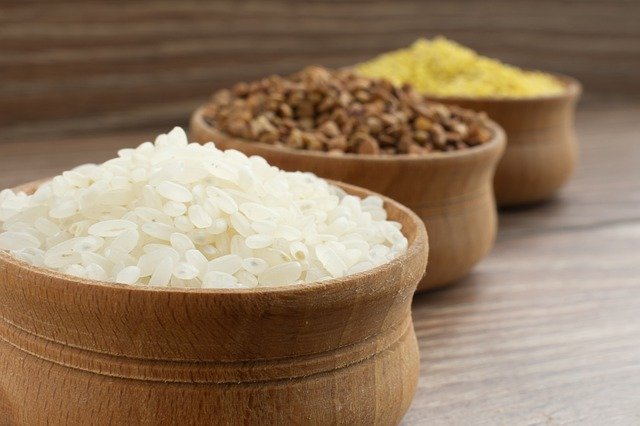Why boil over?
When a pot of water comes to a boil, the steam “rattle, rattle” swells out, but the water does not flow out. And a pot of porridge after boiling up and out the pot again. What is the cause?
When the pot’s water temperature reached its boiling point, the water immediately floated, producing steam. The steam will first form small air bubbles in the water; following the steam’s rapidly rising momentum, the air bubbles become bigger. When they reach the water surface, they burst, causing steam water to drain out of the water and not build up. So, the water is boiled already, not easy to overflow.
And porridge cooking is much different. The main ingredient of the rice grain is starch. When putting together rice and water in a pot, the rice grains’ starch will mix into the water, turning into a hot starch pool. The viscosity and surface tension of these fluids is greater than that of water. So, when the porridge in the pot is boiling, the steam escapes to form air bubbles, the outside of the air bubbles is covered by a thin layer of this starch; slightly sticky starch film, has a relatively large surface tension, does not easily burst. As the momentum of the steam increases, the more water bubbles collect, the higher it gets. When they reach the edge of the pot, they overflow.




